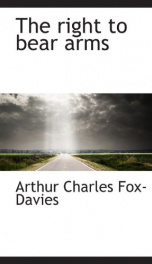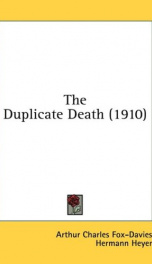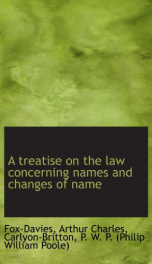heraldic badges

Purchase of this book includes free trial access to www.million-books.com where you can read more than a million books for free. This is an OCR edition with typos. Excerpt from book: HERALDIC BADGES Heraldic, Badges exact status of the badge in this country, to which it is peculiar, has been very much misunderstood. This is probably due to the fact that the evolution of the badge was gradual, and that its importance increased unconsciously. Badges formerly do not appear to have ever been made the subjects of grants pure and simple, though grants of standards were frequent, and standards often had badges thereupon. Apart from such grants of standards, however, the instances which can be referred to as showing the control, or even the attempted control, by the Crown of the use of badges are very rare indeed in times past. As a matter of fact, the Crown seems almost to have purposely ignored them. Badges are not, as we know them, found in the earliest period of heraldry, unless we are to presume their existence from early seals, many of which show isolated charges taken from the arms; for if, in the cases where such singlecharges appear upon the seals, we are to accept those seals as proofs of the contemporary existence of those devices as heraldic badges, we should often be led into strange conclusions. There is no doubt that these isolated devices, which are met with constantly at an early period, were not only parts of arms, but were in many cases the origin of arms, which we find later in the use of the descendants of the same families as those which made use of the earlier form. Devices possessing a more or less personal and possessive character occur in many cases before record can be traced of the arms into which they subsequently developed. This will be noticed in relation to the arms of Swinton, for example. The earliest Swinton seal shows the isolated charge of a boar's head, whilst the developed coat of arms was a chevron between three s... --This text refers to an alternate Paperback edition.
Info about the book
Author:
Series:
Unknown
ISBN:
1131039521
Rating:
4/5 (2)Your rating:
0/5
Languge:
English
Users who have this book
Users who want this book
What readers are saying
What do you think? Write your own comment on this book!
write a commentif you like heraldic badges try:
Do you want to exchange books? It’s EASY!
Get registered and find other users who want to give their favourite books to good hands!





